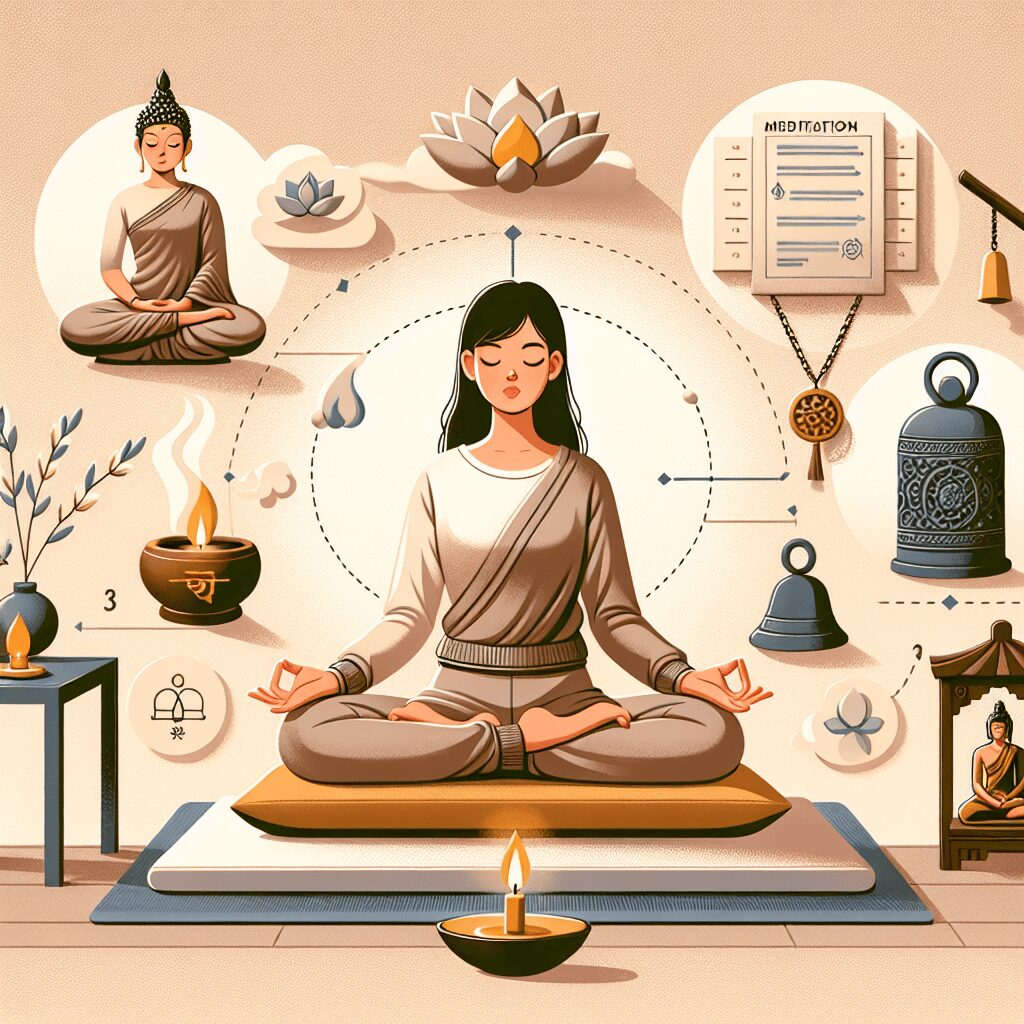
Prioritize your mental well-being daily. Enhance your life by nurturing your mental health with the Smart Meditation app. Break free from stress, alleviate anxiety, and enhance your sleep quality starting today.
According To Hamlet, What Is “the Rub,” Or The Problem, With Having To Sleep Forever?
Navigating the Maze of Mortality: Unraveling Hamlet’s Dilemma
When delving into the profound depths of William Shakespeare’s “Hamlet,” one cannot overlook the weighty contemplation that defines the Danish prince’s soliloquy in Act 3, Scene 1. Here, Hamlet muses over the concept of death, likening it to an eternal sleep. But, lo and behold, he stumbles upon a snag, a hiccup in the grand scheme of things. This hitch, folks, is what he terms as “the rub.” So, what’s this “rub” that has Hamlet all tangled up in thought? Let’s take a plunge into the Elizabethan era to decode the musings of this troubled soul.
The Slippery Slope of “The Rub”
For starters, “the rub” isn’t about irritation or chafing—far from it. In the context of Hamlet’s soliloquy, “the rub” represents the ultimate catch or obstacle in his train of thought regarding death as a peaceful escapade from the trials and tribulations of mortal life. It’s that sticky wicket, the proverbial spanner in the works that complicates what seems like a simple solution to all of life’s problems: death.
So, what is this monumental issue that has Hamlet in a bind?
Dreams May Come: The Unknowable Afterlife
Hamlet’s “rub” lies in the uncertainty and fear of what comes after death. The thought of “to sleep, perchance to dream” brings forth the possibility of dreams during this eternal sleep. But ah, there’s the rub! These aren’t the sweet dreams that lull you into a peaceful night’s sleep. Hamlet fears these dreams may very well be the nightmares of an afterlife filled with unknowns and possible torment.
This apprehension about what lies beyond the veil of death turns what seemed like a peaceful solution into a daunting proposition. The fear of the afterlife’s unknown mysteries, its possible perils and punishments, becomes a formidable barrier to seeking solace in death. It gives pause and makes one bear those “ills we have,” rather than “fly to others that we know not of.”
The Eternal Conundrum
Hamlet’s soliloquy is more than a personal crisis; it’s a reflection on a universal human dilemma— the fear of the unknown that death represents. It delves into the human psyche’s complexity, wrestling with the desire for peace from life’s sufferings against the innate fear of what death might hold. This fear of the potential nightmares of what lies after greatly overshadows the allure of escape from life’s “slings and arrows.”
Hamlet’s “rub,” thus, serves as a poignant reminder of the eternal conundrum faced by humanity: the struggle to understand and accept the great unknown that is death. It’s a contemplative journey into the fear of the afterlife’s mysteries that perhaps, makes us cling to life, with all its trials, a tad bit tighter.
In conclusion, Hamlet’s “rub” elegantly encapsulates the complex human emotions towards death and the afterlife. It’s a timeless exploration of the apprehensions that perhaps, keep us all, in one way or another, from yearning for that final sleep. Through the ages, Hamlet’s soliloquy continues to resonate, a testament to Shakespeare’s unparalleled insight into the depths of the human condition.




